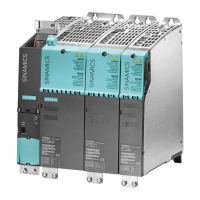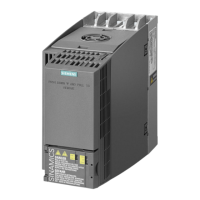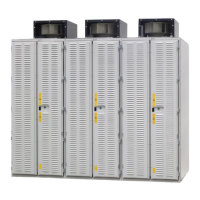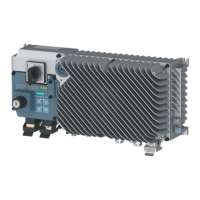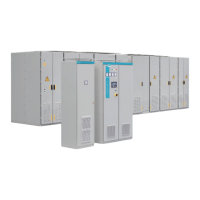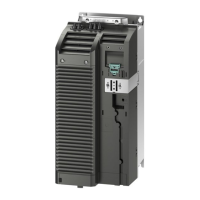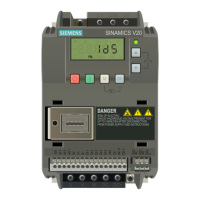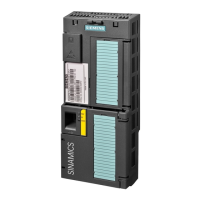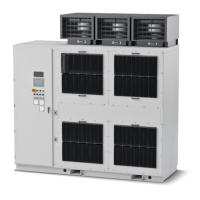Acceptance test and acceptance report
10.2 Acceptance test structure
Safety Integrated
Function Manual, 05/2010, A5E03264275A
247
Information about the acceptance tests
Note
As far as possible, the acceptance tests are to be carried out at the maximum possible
machine speed and acceleration rates to determine the maximum braking distances and
braking times that can be expected.
Note on the acceptance test mode
The acceptance test mode can be activated for a definable period (p9358/p9558) by setting
the appropriate parameters (p9370/p9570). It tolerates specific limit violations during the
acceptance test. For instance, the setpoint speed limits are no longer active in the
acceptance test mode. To ensure that this state is not accidentally kept, the acceptance test
mode is automatically exited after the time set in p9358/p9558.
It is only worth activating acceptance test mode during the acceptance test for functions
SS2, SOS and SLS. It has no effect on other functions.
Normally, SOS can be selected directly or via SS2. In order to also be able to initiate
violation of the standstill limits in state SS2 when the acceptance test mode is active, the
acceptance test mode deactivates the brake ramp of SS2 so that the motor can be moved.
When an SOS violation is acknowledged in the active acceptance test mode, the current
position is adopted as the new stop position so that an SOS violation is not immediately
identified again.
WARNING
If a speed setpoint other than zero is present, the active stop function SS2 is set, and the
motor is at a standstill (active SOS), the axis starts to move as soon as the acceptance test
is activated.
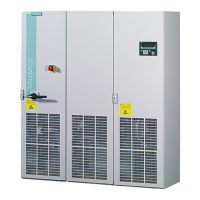
